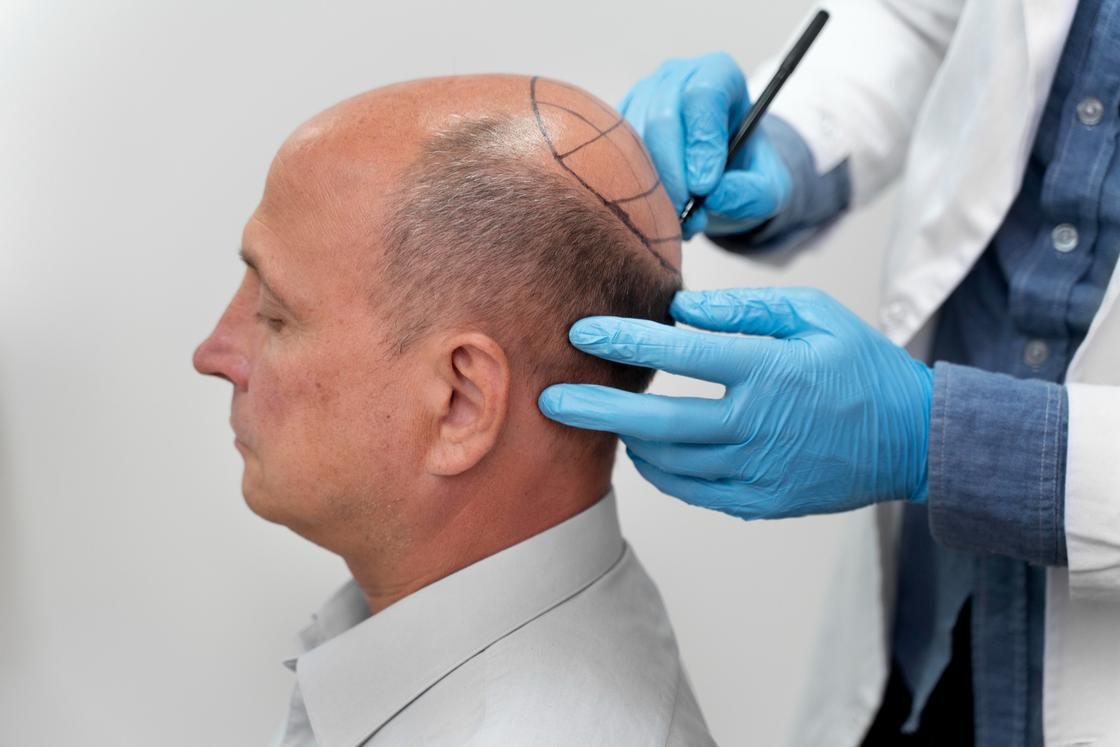A hair transplant is a significant decision, and understanding the entire process from start to finish is key to a smooth and successful experience. Riyadh's leading clinics have refined this journey to ensure patient comfort and optimal results. Here is a breakdown of what to expect before, during, and after a hair transplant in the Saudi capital. Considering a hair transplant in Riyadh? Discover world-class clinics offering cutting-edge techniques for natural-looking results.
Before the Procedure: Consultation and Preparation
The journey begins with an in-depth consultation with a qualified hair transplant surgeon. This is a critical step where you'll discuss your hair loss history, your aesthetic goals, and your overall health. The surgeon will meticulously assess the donor area (typically the back of your head), the recipient area (where you want to transplant the hair), and the quality of your hair follicles. They will determine the number of grafts needed and the most suitable technique, whether it's Follicular Unit Extraction (FUE) or Follicular Unit Transplantation (FUT).
This is also your opportunity to ask questions, review before-and-after photos of previous patients, and get a clear understanding of the procedure and its costs. Your surgeon will provide you with pre-operative instructions, which typically include avoiding blood-thinning medications like aspirin and certain supplements for a week or two beforehand. You will also be advised to refrain from smoking and drinking alcohol, as they can negatively impact the healing process.

During the Procedure: A Day of Transformation
On the day of the transplant, you will be in a comfortable, sterile environment. The procedure, which can last anywhere from four to eight hours depending on the number of grafts, is performed under local anesthesia. This means you will be awake but will not feel any pain. Many patients use this time to listen to music, watch a movie, or simply relax.
The two most common techniques are FUE and DHI. In FUE, the surgeon individually extracts follicular units (groups of 1-4 hairs) from the donor area using a small punch tool. These grafts are then meticulously prepared and stored in a special solution to maintain their viability. Tiny incisions are then made in the recipient area, and the grafts are implanted one by one. For DHI, a specialized implanter pen is used to both create the recipient site and place the graft simultaneously. This allows for greater precision in the angle, depth, and direction of the transplanted hair, leading to a more natural look.
Throughout the procedure, your surgeon and their medical team will work with precision and care, ensuring a seamless and efficient process. You may be offered breaks to eat or use the restroom. By the end of the day, the procedure will be complete, and you will be able to go home.
After the Procedure: Recovery and Results
The period following the transplant is crucial for the success of the procedure. Your surgeon will provide a detailed set of post-operative care instructions.
Immediately After (Days 1-7): You may experience some swelling, redness, and a feeling of tightness or mild discomfort in the scalp. This is normal and can be managed with prescribed pain medication. Tiny scabs will form around the transplanted grafts. It is vital to avoid touching or scratching the treated area to prevent dislodging the new follicles. You will be given a special saline spray to keep the area moist. Sleeping with your head elevated on a few pillows for the first few nights is recommended to reduce swelling.
First Few Weeks: Around 2-4 weeks after the surgery, you may experience "shock loss," where the transplanted hair sheds. This is a completely normal part of the process and does not mean the procedure has failed. The hair follicles themselves are still intact and will begin to grow new, healthy hair. You can typically return to light daily activities, but strenuous exercise and heavy sweating should be avoided for a few weeks.
First Few Months: By the third to fourth month, you will start to see new hair growth. Initially, the hair may be fine and thin, but it will gradually thicken over time. You should continue to follow your surgeon’s guidance on hair care.
Long-Term Results (6-12+ Months): The final results become apparent around the 9 to 12-month mark. At this point, the transplanted hair will have fully matured, and you will see the final density and texture. The results are permanent, as the transplanted hair follicles are genetically resistant to the hormone that causes pattern baldness.
Riyadh's hair transplant clinics prioritize the patient's entire journey, from the first consultation to the final result, ensuring that every step is managed with expertise and care.




Comments